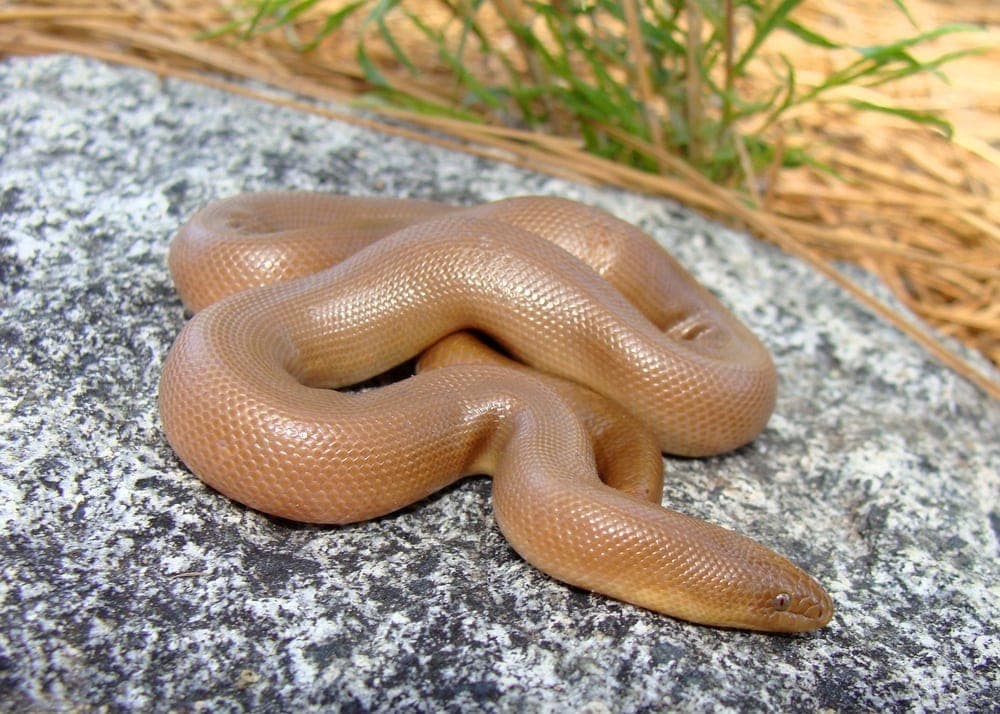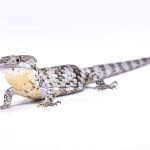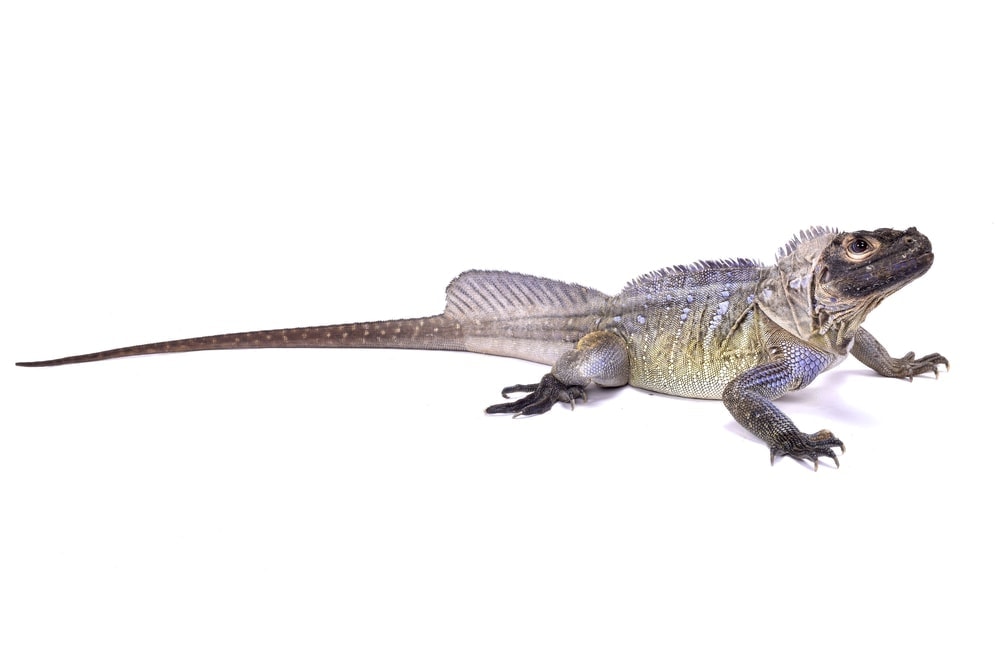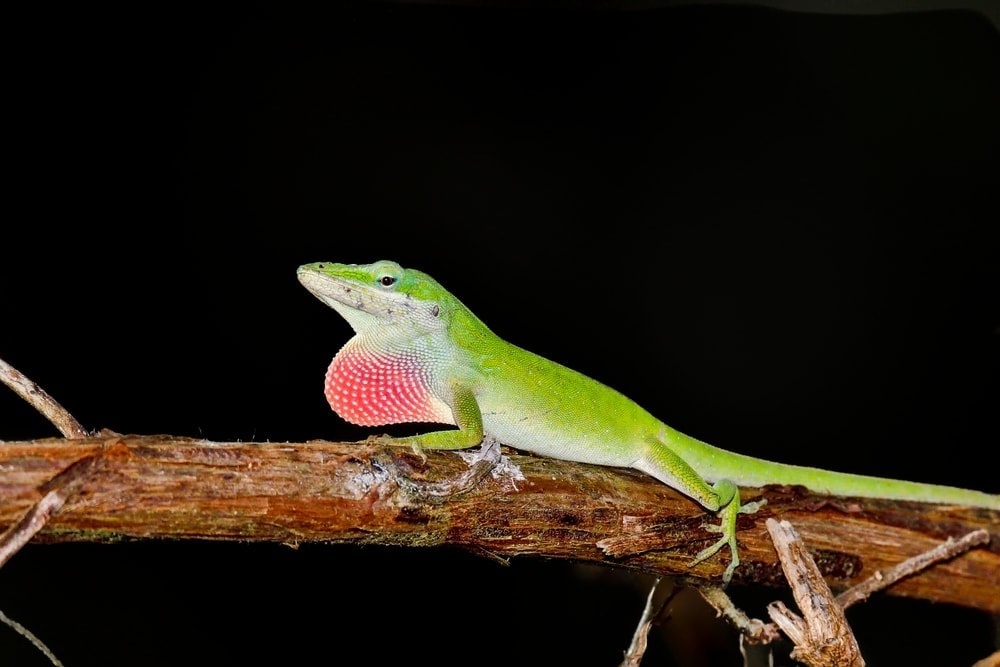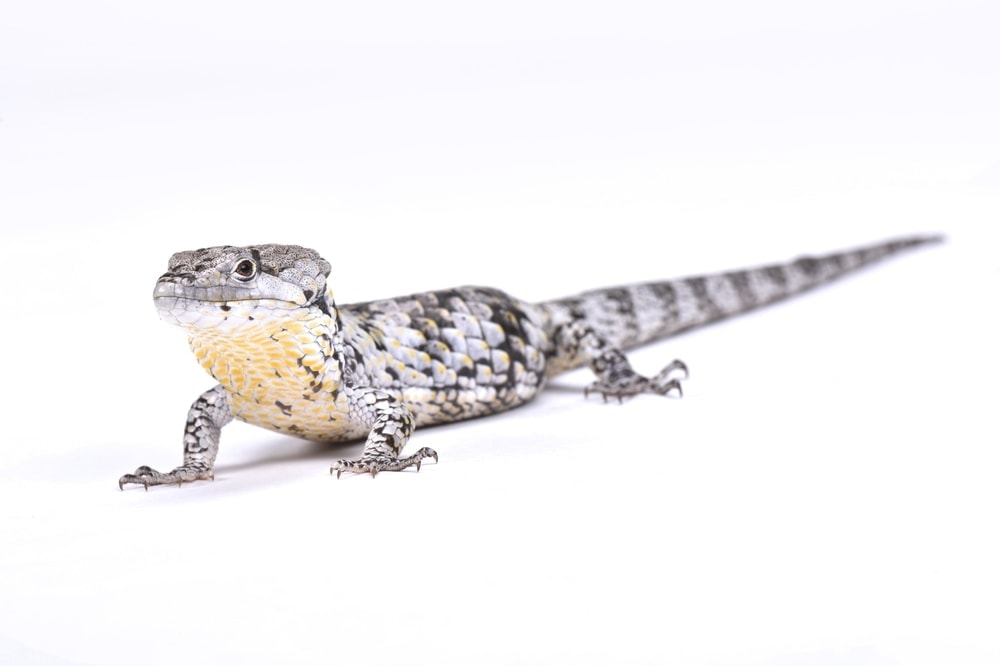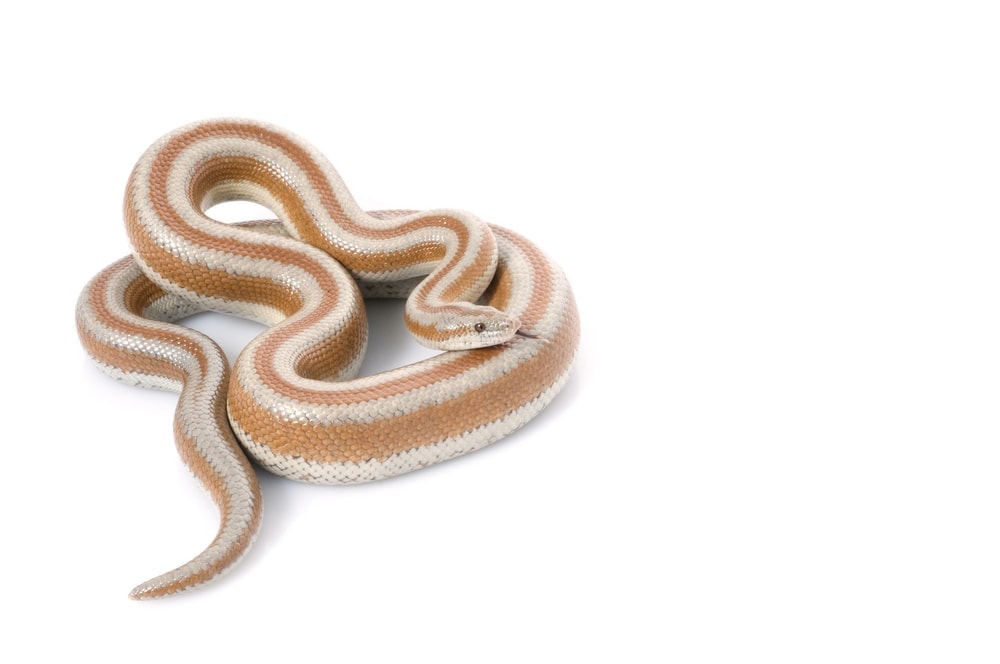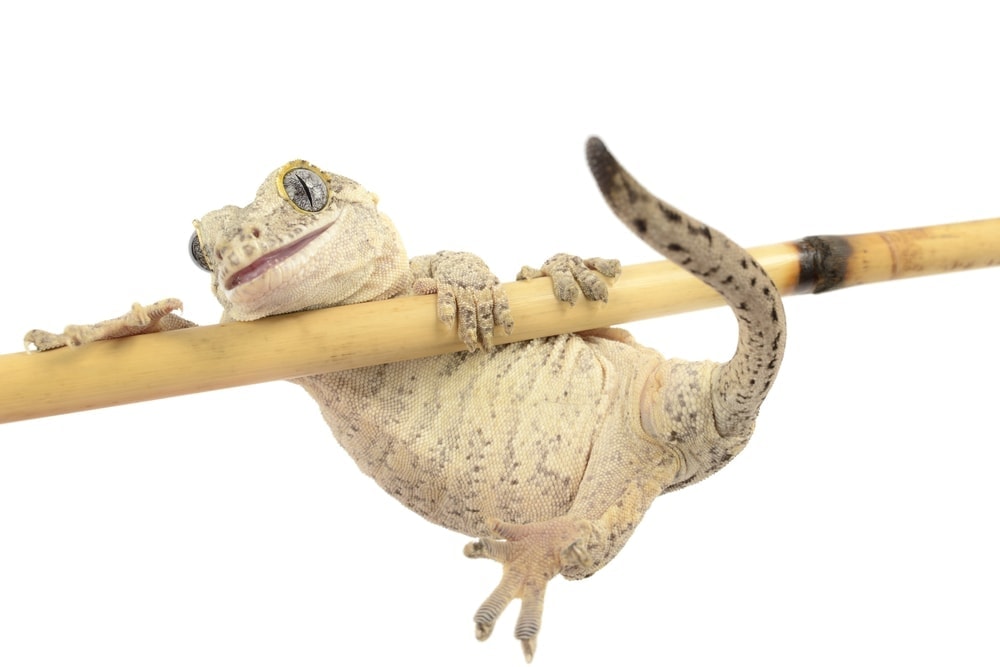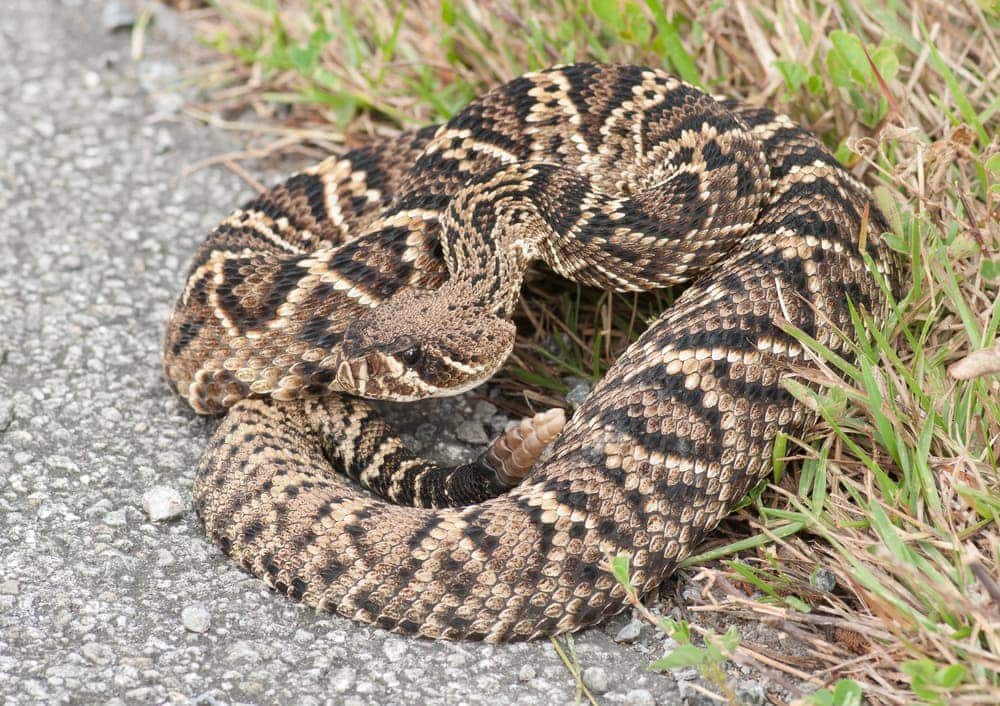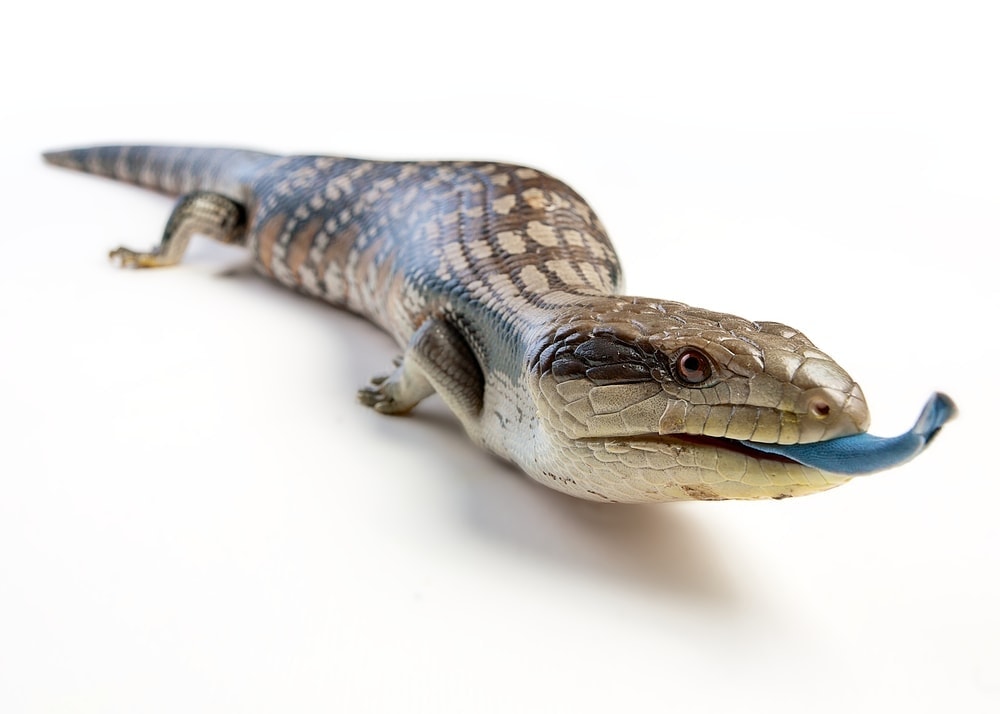If there was a snake that we could most identify with, then it will have to be this clayey colored rubber boa!
Look at its gait, and you will instantly think of someone who is content in his life. Slow, steady, and not a care in life!
Of course, it’s a sob thing to be misunderstood for other common snakes. The dull coloring of the snake has often put it into documented cases of mistaken identities. But for a snake that calm and passive, nothing can bother him for too long. Slowly, gently, it will slither away, leaving you asking for more!
Amazingly, they love to be handled. Didn’t we tell you that it is one of those reptiles that endears to us!
If you are someone who loves to handle your snakes and to regularly interact with them once a day or one too many times in a day, presenting the Rubber Boa to you!! Drum rolls.
Where can you find rubber boas?
You do mostly find this snake in the western United States and south-east Canada, but it can be found in other places also because of its adaptiveness.
This snake is so adaptive that it has no fixed habitat. Rubber boas are found as many at sea level as 8000 feet above the average sea level!
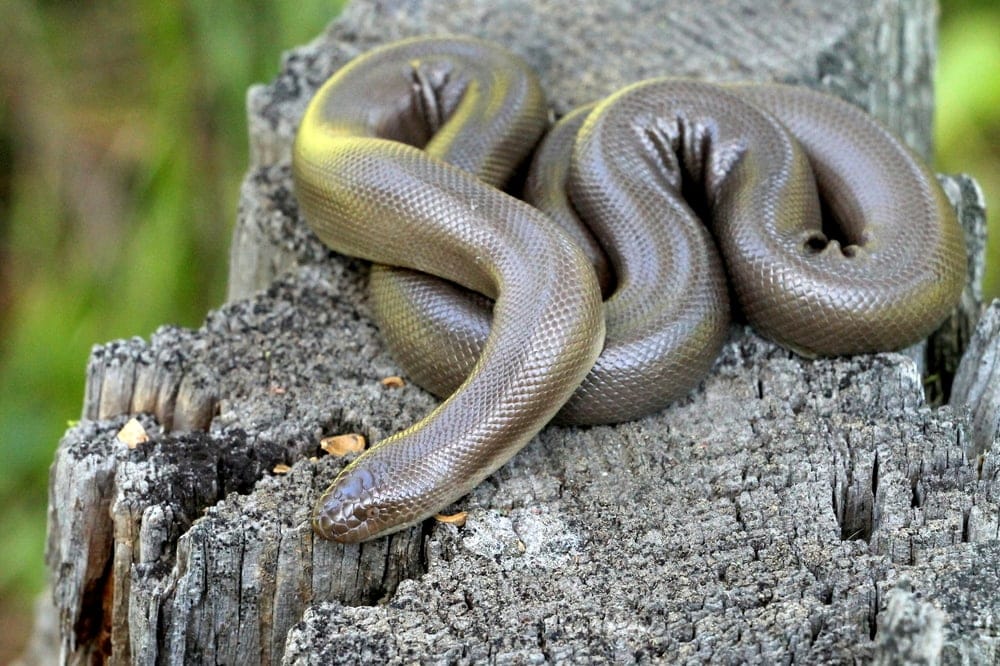
The Rubber Boa’s Size
Like all other reptiles, the female of the species is more robust than the male. The male adult grows to a maximum of 21 inches and can weigh 80 grams maximum. The female rubber boa is much longer, and the largest one is 26 inches. They can weigh more than double the size of males, sometimes grossing 200 grams!
The boas have an amazing lifespan of five decades. Now haven’t you heard doctors say that a cool temperament translates into longer life expectancy!
That is an amusing name indeed
Most of the world agrees that a rubber boa gets its name from its uniform coloration that closely resembles how naturally occurring rubber looks like. Then there is a theory that it could be because of the soft keeled scales on its back that give it a soft rubbery look.
The tail is blunt
You don’t see too many snakes with blunt tails. The tail of a rubber boa is so blunt that you can mistake it for its head! A boa caught from the wild wills 9 out of 10 cases have scars on its tail. This is explained by the fact that the boa uses its tail to ward off and threaten its predators.
- In the face of an attack, it winds itself into a ball with its head cushioned inside and flips its tail to strike at the predator. Most of the time, this strategy bounces, and it is eventually killed and made a prey out.
- Another theory is that the boa continuously flips its tail on animal mothers whose babies it eats. The scar is because the mother of its prey is attacking it.
Rubber Boa Diet
In the wild, rubber boas eat nestling rodents and lizards. In captivity, you can feed it mice every time, and it will happily eat it for the rest of its life. We cannot stop singing paeans of this beautiful creature!
You may claim that you haven’t come across a single rubber boa in your friendly neighborhood pet shop. That claim cannot be contested. We have seen some partiality to these snakes by a hobbyist. They do not reveal too keen an interest in keeping them.
Some of the states where rubber boas are sighted periodically do not allow residents to capture species from the wild. There may be a very few breeders who will deal in rubber boas because there is not a very big market for it.
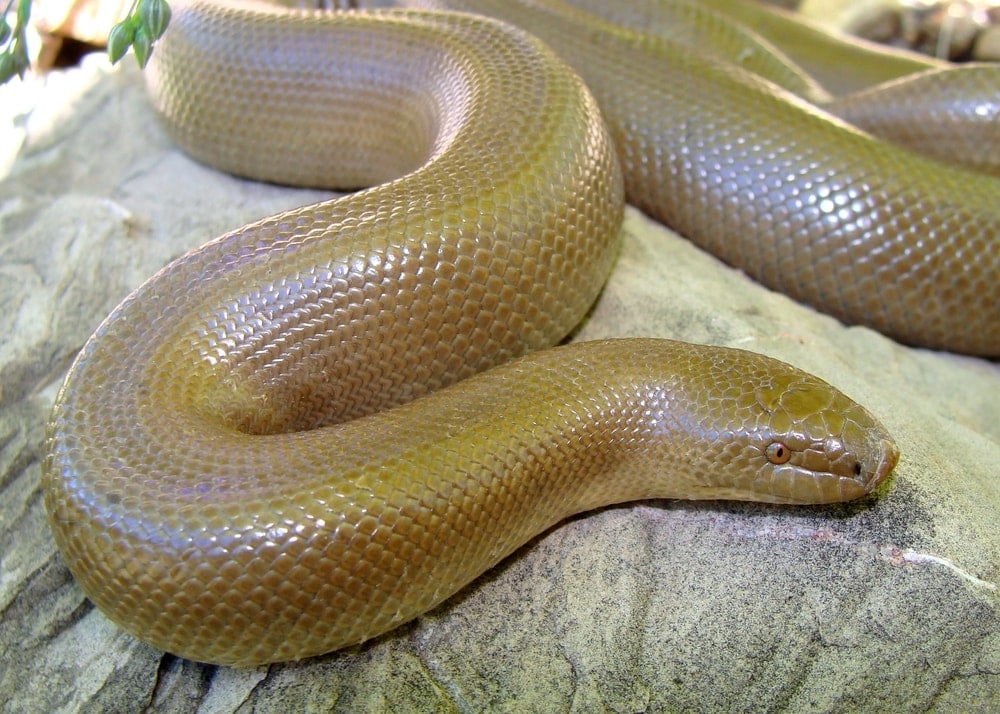
The internet to the rescue
If you or someone you know wants to keep a rubber boa, get on to pet stores online and book yours today! Keeping them is a rewarding experience, and considering how easy they are to maintain, you will count yourself lucky that it found you.
Finding them in the wild
Rubber boas are sensitive to light. They usually come out in the open only after it becomes dark. The most common time to encounter them is when the temperature has moderated down in April, May, and June.
In case you are planning an expedition to catch them, be warned that it can turn out to be futile because, throughout the year, theses snakes spend a lot of their time underground.
Rubber boa caging and Care
Most of the time, the caging that is ideal for other snakes holds well enough for a rubber boa. If you have had a snake and the empty cage is still lying around, you will not think it is inappropriate to use it.
An adult male rubber boa is going to be happy in a 10-gallon aquarium/cage. But a female owing to its bigger size may need a 20-gallon capacity. Whatever the capacity, one thing you must make sure, and that is the lid of the cage, or the enclosure is secured tightly. This master slithers have a fantastic talent for escaping from the tiniest of holes.
They will be snug in their hiding spots, don’t you fuss over them, please
Just like in the wild, these boas will snugly sit inside their cages hiding and occasionally grace you with their presence.
Give them enough safe spots to hide. A boa, on the other hand, that is awkwardly found wandering in the cage, can suggest that it is either too stressed or it cannot find a good hiding spot for itself. Either of it means that it needs remedying at the earliest.
Rubber Boa’s are prone to rapid dehydration
Keeping enough clean water in their cages so that they can submerge themselves is essential not to push them to dehydration. Damp moss, along with the alternate substrate, can be very useful for the snake.
An excellent particulate substrate is problematic for it. Try to go in for large pieces of bark combined with kiln-dried pine shavings and aspen shavings. They allow it to burrow and also hide.
Handling is fun because they are harmless little creatures. You could wind them like a bracelet on your wrist, and there they will quietly stay! Oh, how we love them!!
